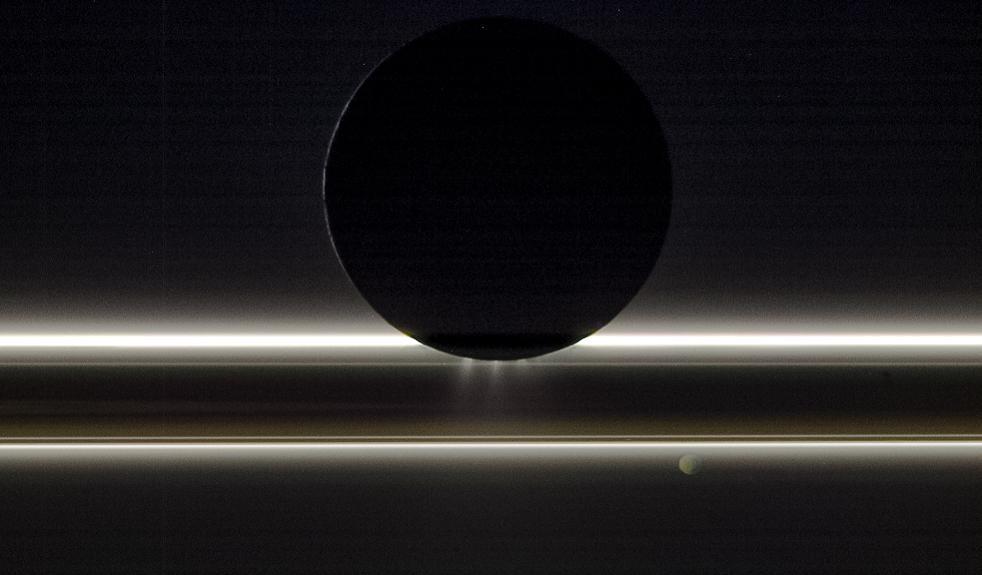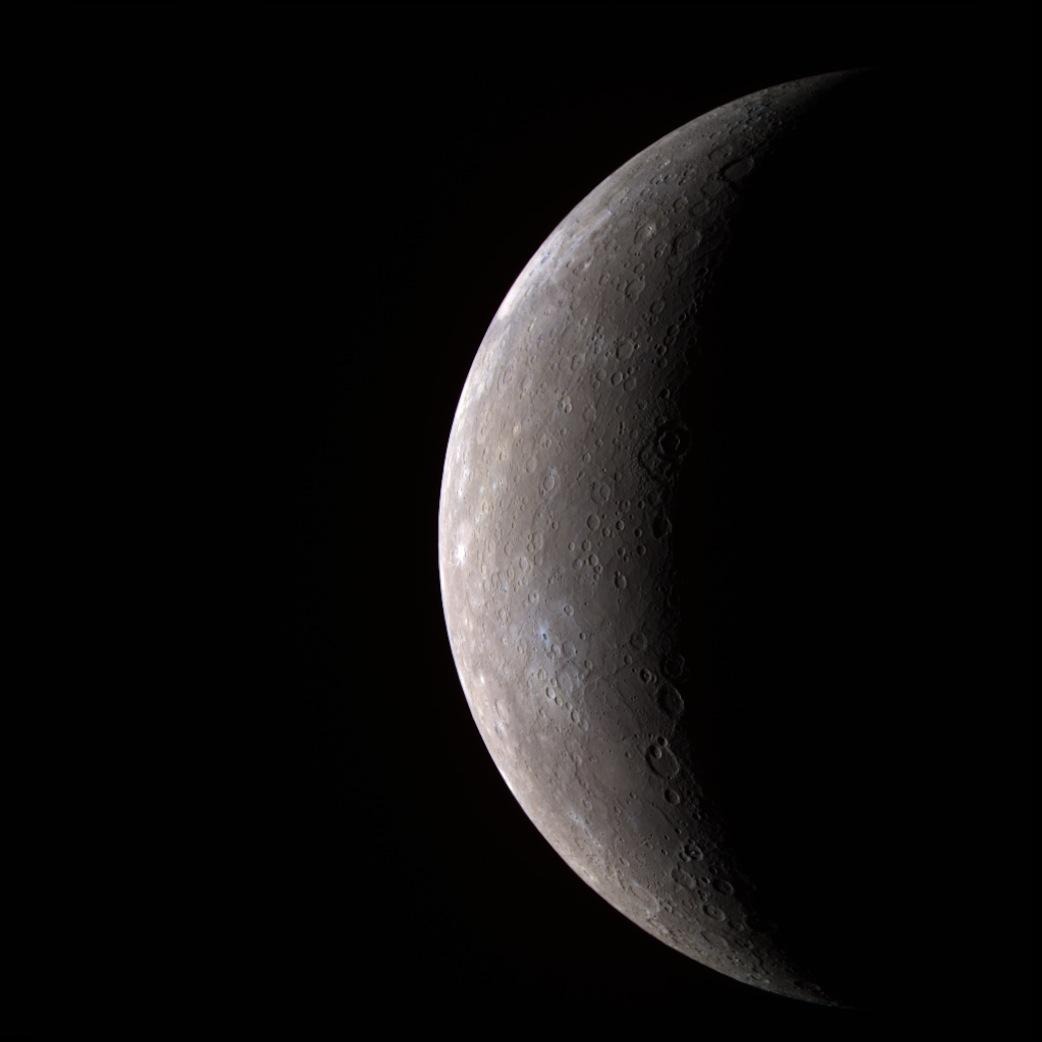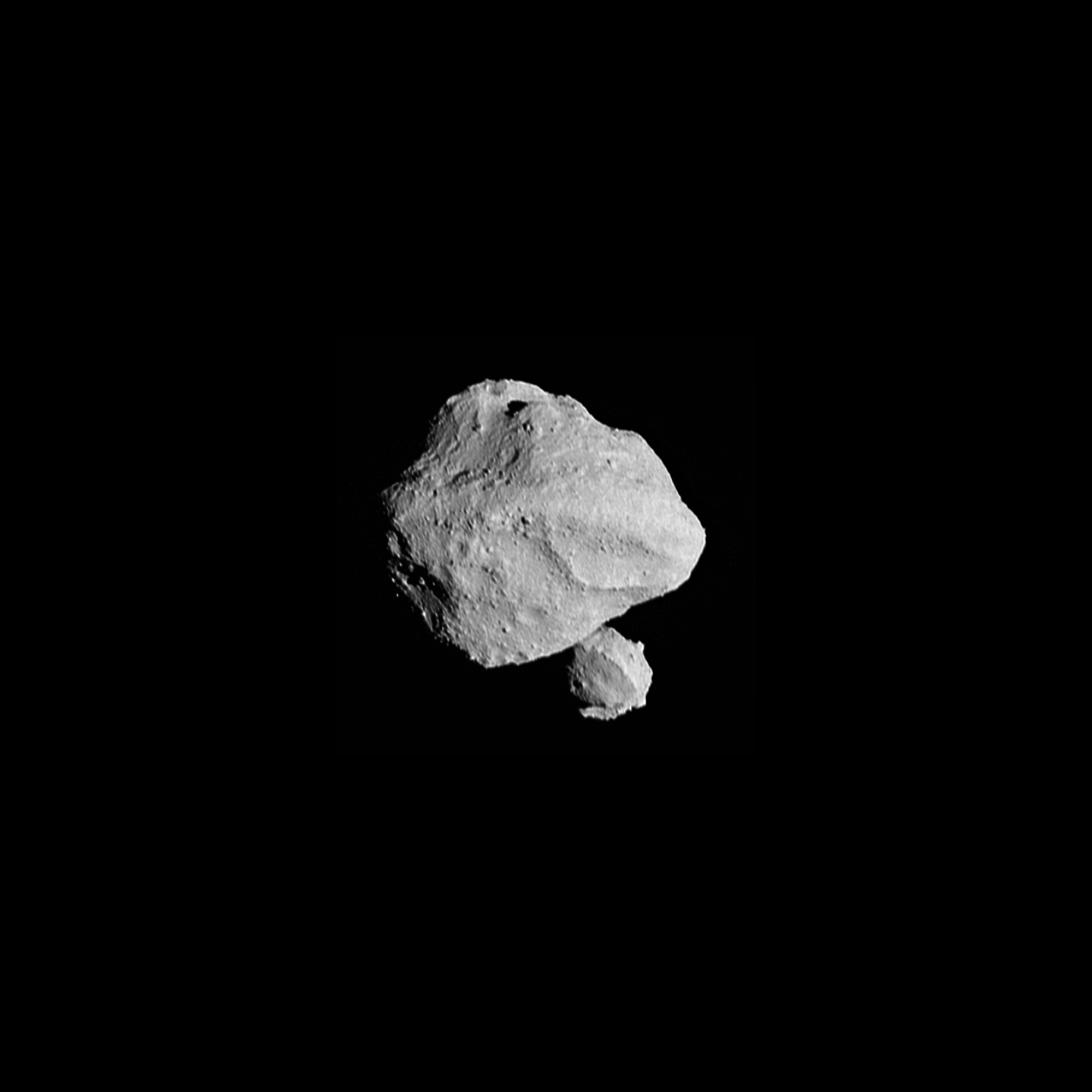Conceptual Missions for the Decadal Surveys
Every decade, NASA's Science Mission Directorate turns to the scientific community to identify and prioritize the most compelling research topics, scientific questions, and notional missions for the next 10 or more years. These Decadal Surveys, published by the National Academies of Sciences, Engineering, and Medicine, offer scientists and engineers across scientific disciplines a rare opportunity to help inform and potentially shape the next decade's scientific endeavors.
APL is a proud contributor to that effort. Our scientists and engineers have been awarded NASA funding to leverage their expertise, leadership and creativity to develop some of these innovative conceptual missions that could push the boundaries of space exploration capabilities and return unparalleled discoveries about our solar system.
Scroll down to explore these conceptual missions and see what space exploration between 2023 and 2032 may have in store.
Planetary Science

Enceladus Orbilander
Saturn's moon Enceladus checks every box for what scientists believe is necessary to support life. But is life there? The conceptual Enceladus Orbilander mission aims to find out and uncover why or why not.

Persephone: Pluto-System Orbiter & Kuiper Belt Explorer
Building on New Horizons' revolutionary discoveries about the Pluto system and Kuiper Belt Objects, the conceptual Persephone mission proposes to fly far afield yet again, this time staying longer to explore and answer questions about the bizarre, primitive worlds of the Kuiper Belt.

Mercury Lander
Proposing to be the first spacecraft to land on Mercury's surface, the conceptual Mercury Lander mission would closely study the razor-thin atmosphere, surface and inner workings of the planet closest to the Sun from a vantage point we've never had before.


